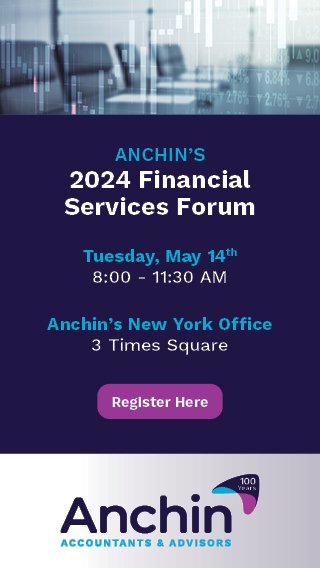The “Give to Get” data strategy
/by Matt Ober, General Partner at Social Leverage
Give to get: This is how some of the best datasets were created. It’s crowdsourced. If you aren’t sharing, you don’t get access. In the financial industry, some of the best datasets were contributory datasets and many of them started as give to get.
What is give to get? It’s a dataset where you have to contribute data or information to get back data. You have to participate. You may get raw data back, analytics, a composite number or some sort of derivative. In the end these datasets get better and better as there are more contributors. Here are some give to get datasets that I have found interesting or have been thinking would be really valuable:
Short interest data: The exchanges put this out monthly and sometimes every other week. But if you want daily or even intraday short-interest data, you have to go to some of the largest data vendors such as S&P Markit. Markit acquired DataExplorers, which in the early years required the buy-side to give their data to get back composite data.
Pricing data: For credit instruments and private markets, the contributory model has been very successful. One early-stage company I have seen building this is ApeVue. Founded by ex-Markit guys, this isn’t give to get per se, but the contributory nature that then is made available as a composite is insightful for getting a sense of pricing in the private company markets.
Dataset costs: Maybe someone is building it or has built it, but not something I have seen. Everyone knows that the largest data and information services companies do bundle pricing. But what is the cost of some datasets? If I am buying a dataset from XYZ vendor and we go back and forth on pricing and it ultimately costs me $60k annually, how do I know if that’s a good deal? It would be great if I could go to a website, share proof of the data I bought by sharing an invoice or contract, and then cross-check that versus what people pay on average. Of course, there is variability depending on my use case, the size of my firm, and the bundle of products, but as more people contribute, especially if they share contracts, the better the give to get dataset would become. This idea ultimately could be used across software and is not just dataset-specific.
Expert network fees: What are experts with similar backgrounds, skillsets, and influence charging for an expert network call? Is it $500 per hour? $1500? $5000? It would be valuable to understand for each platform—from GLG, Guidepoint, Tegus, and others—what experts should charge. The expert platforms give some feedback, but what would a give to get dataset tell me?
There are so many opportunities to build give to get datasets. As data becomes more valuable, owning and building these types of unique datasets creates a nice moat and a really interesting asset. It’s also a quick way for early stage startups to build a data moat quickly. As I have seen Initial Data Offering growing both in terms of vendors submitting data and buyers signing up for the newsletter distribution, I continue to get excited when I learn of new datasets coming to market, especially the give to get datasets.





